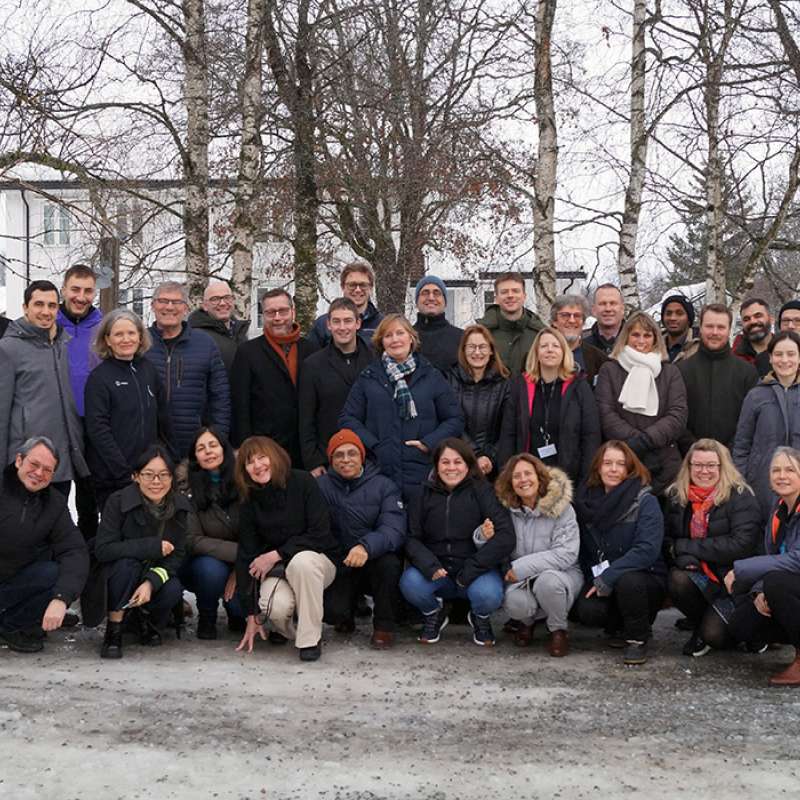Volkmar Timmermann
Research Scientist
Abstract
No abstract has been registered
To document
Authors
Mark A. Anthony Leho Tedersoo Bruno De Vos Luc Croisé Henning Meesenburg Markus Wagner Henning Andreae Frank Jacob Paweł Lech Anna Kowalska Martin Greve Genoveva Popova Beat Frey Arthur Gessler Marcus Schaub Marco Ferretti Peter Waldner Vicent Calatayud Roberto Canullo Giancarlo Papitto Aleksander Marinšek Morten Ingerslev Lars Vesterdal Pasi Rautio Helge Meissner Volkmar Timmermann Mike Dettwiler Nadine Eickenscheidt Andreas Schmitz Nina Van Tiel Thomas W. Crowther Colin AverillAbstract
No abstract has been registered
To document
Authors
Jan Peter George Mari Rusanen Egbert Beuker Leena Yrjänä Volkmar Timmermann Nenad Potočić Sakari Välimäki Heino KonradAbstract
No abstract has been registered

